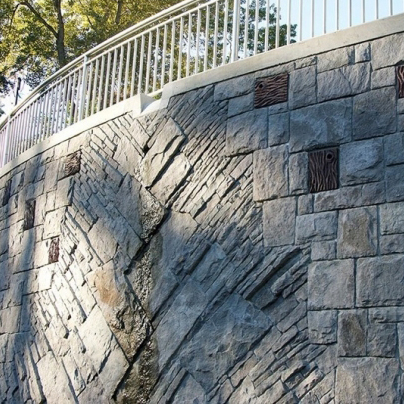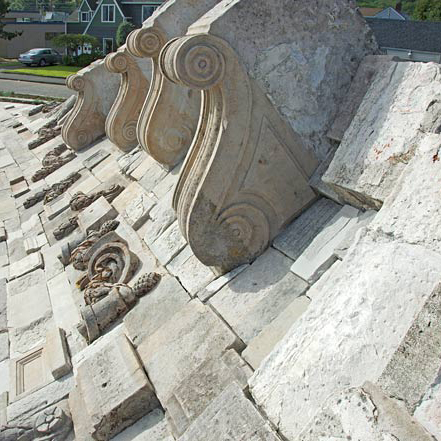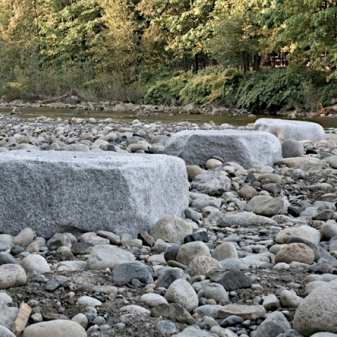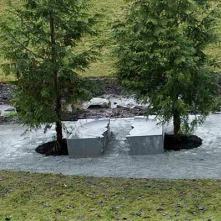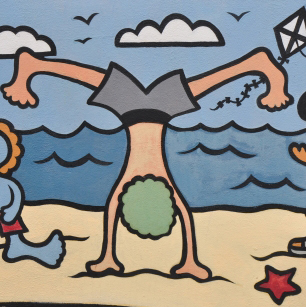Previous Newsletters
|
||||
|
SHIFTING CONTEXTS
The fortuitous juxtaposition of the Olympics and the 'endless winter' gave us a terrific excuse to channel our inner couch potato and spend a few weeks curled up in front of our television watching other people work out. Some melted under pressure, routines deconstructed, and gates were missed. Others rose to the occasion and had the race of a lifetime where everything came together perfectly. When split seconds are all that differentiates winners from losers, and the rewards for medalling are so transformative, it is no wonder that athletes did whatever it took to get onto the podium. We were dutifully impressed with their dedication and ambition when they willingly jettisoned coaches and countries in their quest for glory. We have never considered ourselves particularly loyal. Our dry cleaner would have to destroy our favorite dress, our housekeeper steal the family silver, our dentist fill the wrong tooth and our surgeon remove a healthy organ for us to even contemplate firing our supporting cast. Changing nationalities seems a trifle excessive. However, since our loved ones sometimes equate our professional accomplishments with certificates we won in second grade, we can imagine the seductive appeal involved in being perceived through a different lens. For many Olympians it turned out to be all that they needed to advance to the finals. In that spirit we are dedicating this issue to changing contexts, highlighting what is world class and under the radar screen. When lists are made of major architectural design firms in New York, Joel Sanders is not at the top. When Northwest artists are selected, neither Dan Corson nor Adam Kuby comes to the forefront. Yet their work all focuses on landscape, on siting, on new media, on sustainability in very thoughtful and quite inspiring ways. Similarly, the Holcim Foundation started by a Swiss cement company is most noted for its signature international awards program in sustainable construction, a moniker more prosaic than sexy. When the discussion turns to public art collections in Texas Corpus Christi's Public Art Collection is barely mentioned. All of these people and programs are highly respected in the circles in which they move. What separates them from their better known peers is very little. Much noteworthy talent is easily shoehorned then calcified into pigeonholes with expectations scaled to match. Changing contexts could be the winning lottery ticket to appropriate opportunities, support and recognition on an international stage. Abby Suckle, President |
||||
|
The Festival of the Arts, is held each March. Usually there is a participatory artwork. In 2008 Jack Gron and Greg Reuter created Tracings of Corpus Christi, from items found on the beach.
Six and Seven Flowers (2003) |
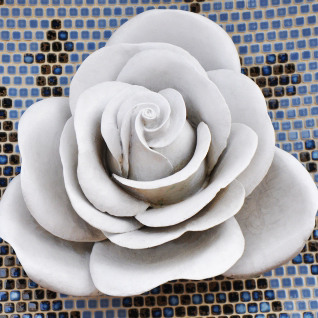 City of Corpus Christi Selena Memorial (1997) Corpus Christi, TX
Wade (Buddy) Tatum , Photo © Tess Allen |
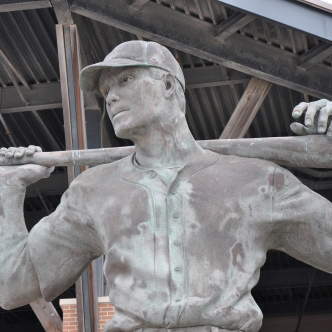 For the Love of the Game (2005) Seth Vandable Corpus Christi, TX Photo © Tess Allen |
||
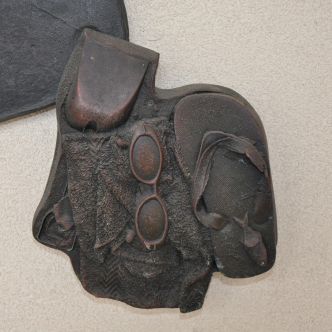 Traces of Corpus Christi (2008) Jack Gron, Greg Reuter |
 The Friendship Monument (1992) Sherman Coleman Corpus Christi, TX Photo © Tess Allen |
|||
|
|
Hyrdo-Geo-Bio Seattle, WA (2012) Photo © Adam Kuby
Seattle Office of Arts and Cultural Affairs |
Breaker (2013) 4culture
Aberdeen, WA Photo © 4culture |
||
MERCEDES HOUSE

photo © Evan Joseph
New York, NYArchitect TEN-Arquitectos (2013) Occupying a prominent site on the water's edge of Manhattan, this is one of Enrique Norten's most recent buildings in New York.
|
Eventually Site #3 at Seymour River (2009) N Vancouver, BC Photo© Adam Kuby,
District of North Vancouver, BC |
Incrementally (2010) Seattle, WA
Photo © Adam Kuby
City of Seattle Office of Arts and Cultural Affairs
|
||
|
UPCOMING IN MARCH We were a bit perplexed by the idiosyncrasies of the scoring for Olympic events that were not tests of speed. We thought that this would be a good time to explore judging in all of our three programs this month. Since they are at the BSA Space and Center for Architecture they will obviously be about curating architecture. COCKTAILS & CONVERSATIONS: 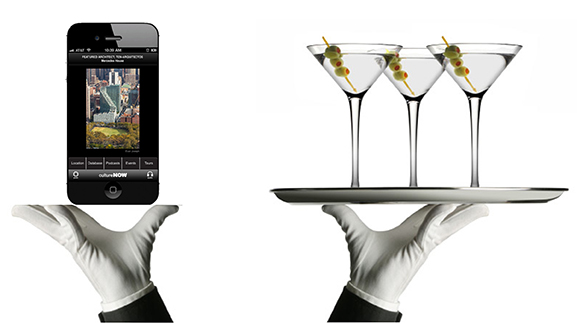
Date: Friday March 14 The Pairing:
COCKTAILS & CONVERSATIONS: Date: Friday March 28 The Pairing:
OVER TIME: DEFINING MODERN BOSTON THROUGH PHOTOGRAPHY 
Photo © ESTO
Date: Thursday, March 27 Moderator: To celebrate the inaugural Boston Design Week, cultureNOW has partnered with the BSA’s Architectural Photography Network to explore the impact of photography in shaping our perception of the cityscape of Boston. The program includes presentations by some of Boston’s foremost architectural photographers followed by a spirited panel discussion. 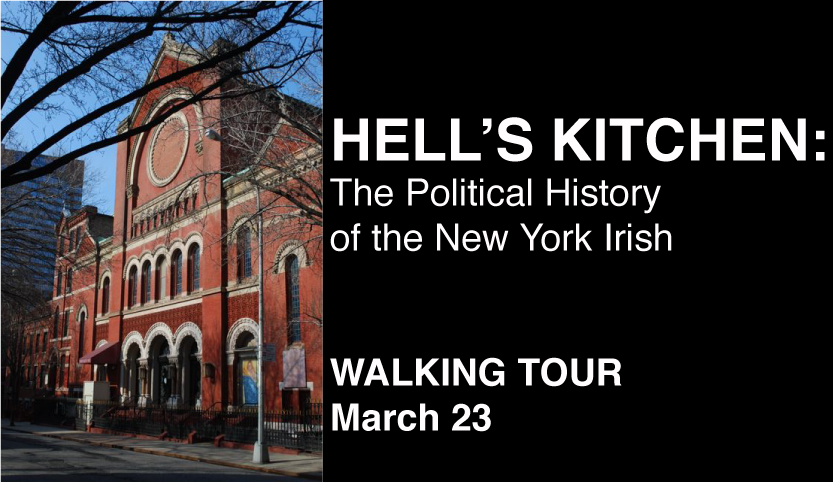
WALKING TOUR:
James Kaplan, lawyer and historian, leads our annual walking tour of New York City's storied Hell's Kitchen neighborhood for St Patrick's Day. |
||||
|
FEATURED ARTIST: DAN CORSON Dan Corson also works with similar themes of art in landscape but takes them in a different direction by adding media to blend light into place. His background is in theater as well as fine art. So, the work reflects that. Artwork that comes into its own after dark is often quite unexceptional during the day. To make these works successful as the time changes, the artist really has to focus on creating a sculpture which can hold its own an artwork first. The addition of the off-hour interactive light show adds another layer of complexity to these works. Sometimes light weaves over the landscapes as people move through them. We often look at public art that is commissioned by city entities is placed in public thoroughfares. We welcomed the opportunity to look at works that are a little more off the beaten track. Nordheim Court is a student housing complex at the University of Washington. Architecturally, the LEED rated project won both local and national awards. At the focal point is Antannae Reeds located in the central plaza, a collection of poles that light up at night. It's always wonderful to find works of art commissioned by developers that are part of prizewinning projects. Safety Spires with Norie Sato wraps 200 acrylic poles in Seattle's Transit Maintenance Yard in black and green safety paint. The artwork was inspired by a prehistoric plant indigenous to this region – commonly known as the horsetail or Scouring Rush. The patterning, along with allusions to bamboo and spring growth seemed evocative of the renewal, maintenance and caring for the system taking place at the facility. Another work for a new light rail station near Portland, takes its cues from the site's history of hosting the Multnomah County Fair and its large amusement rides. The translucent tips of Rockwood Sunrise light up when the trans approach and leave the station. Luminous Reeds located in the prow of the Cavellero Mid High School marks the transition as high school does between child and adult. The project utilizes florescent acrylic rods, illuminated in the daytime by the natural UV in the light and at night by blacklights to mark the transition between water and earth in local reedy wetlands. |
||||

Antannae Reeds (2003) Photo © Dan Corson |
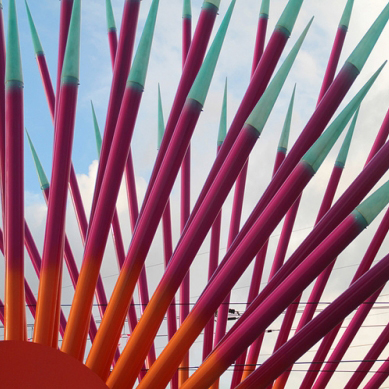
Rockwood Sunrise (2011) Gresham, OR
TriMet Public Art Program Photo © Dan Corson |
|||
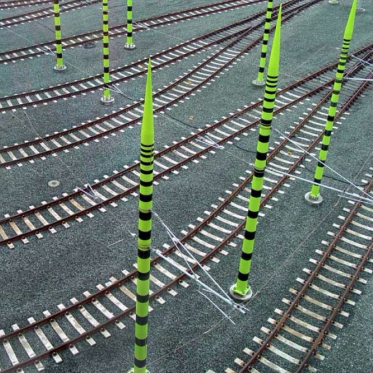 Safety Spires (2006) Seattle, WA, Photo © Dan Corson |
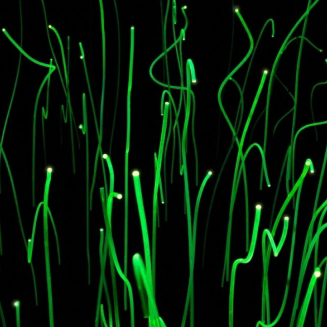
Luminous Reeds (2010) Lake Stevens, WA |
|||
|
FEATURED ARCHITECTURAL COLLECTION: HOLCIM AWARD PROGRAM Originally begun under the auspices of the world's largest producers of aggregates for concrete, the Holcim Foundation for Sustainable Construction was created in 2003 to raise awareness of athe important role that architecture, engineering, urban planning and construction have in achieving a more sustainable future – and to globally encourage critical interdisciplinary and long-range perspectives. It led to the formation of the Awards Program which is supplemented by a series of conferences and publications. Run biennially with an internationally distinguished jury, the Foundation honors ground breaking projects located in all continents throughout the globe. The range is astonishing. To date, 20 of the winning buildings have been constructed. We are thrilled to feature them on our site (and app) and only hope that iPhone service extends to the quite remote locations of some of these interesting buildings. Some of the more accessible winners include Renzo Piano's California Academy of Sciences in San Francisco which is LEED Platinum and has an amazing sculpted green roof. Julie Snow completed a border crossing in MaineUS Land Port of Entry as part of the GSA's Design Excellence Program. Rosa Notte is a rest station in the alps which was designed and built by architecture students at the ETH in Zurich. Their program gives students some experience constructing their designs. Metropol Parasol in Seville is a 'tent' that covers the central plaza allowing many public gatherings in the hot climate. |
||||
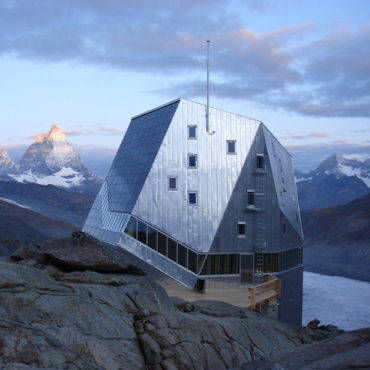
Neue Monte Rosa Hutte (2009) Zermatt, Switzerland
Studio Monte Rosa, DARCH, ETH Zurich Photo © Holcim |

California Academy of Sciences (2008)
San Francisco, CA
Renzo Piano Workshop + Stantec Photo © Tim Griffith |
|||
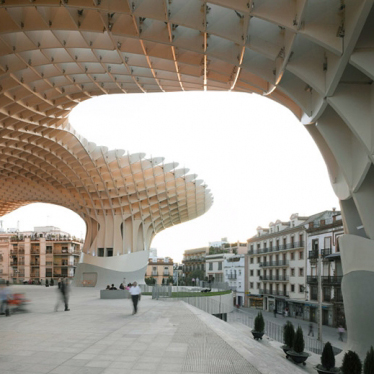
Metropol Parasol (2011) Seville, Spain
Jurgen Mayer H Architekten Photo © Holcim Foundation |
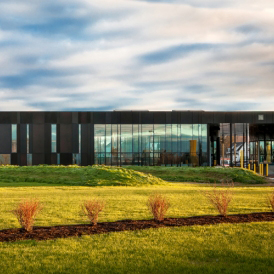
US Land Port of Entry (2013) Van Buren, ME
Snow Kreilich Architects Photo © Holcim Foundation |
|||
|
| ||||
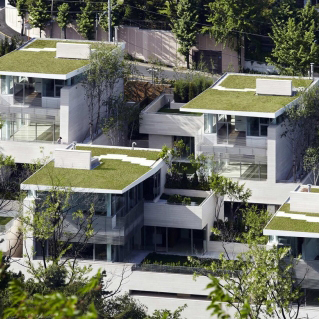
Seongbukdong Residences (2009) Seoul, Korea
Joel Sanders + Haeahn Architecture, Photo © ChaiSoo Ok |
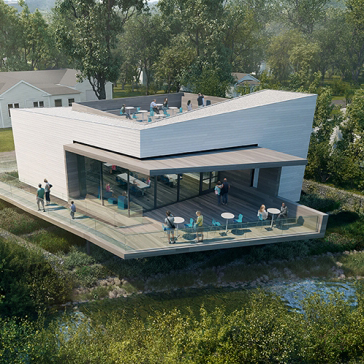
Woodstock Library Annex (2015) Woodstock, NY
Joel Sanders Architect + Thomas Balsley Landscape |
|||
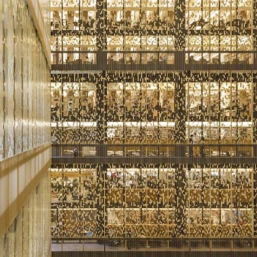
Elmer Holmes Bobst Library Pixel Veil (2013) New York, NY
Joel Sanders, Photo © Peter Aaron / ESTO |
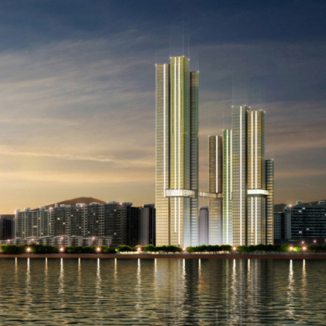
Inchon Rex (2014) Seoul, Korea
Joel Sanders + Haeahn Architecture |
|||
|
||||



